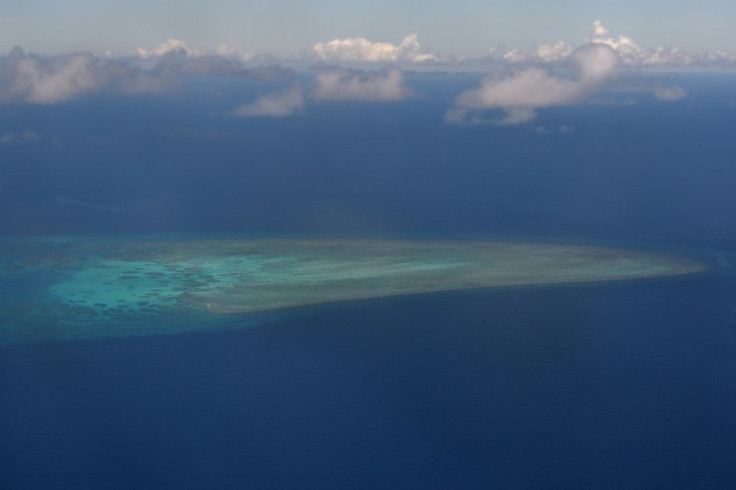South China Sea: Beijing Sending Massive Research Ship To The Disputed Waters
KEY POINTS
- 'Mega mobile lab on the sea' is 114.3 meters long and 19.4 meters wide
- China has been investing a lot in marine research
- Neighbors are apprehensive about China's moves
Beijing will send its biggest and newest research ship to the resource-rich South China Sea, where it has been locked in a game of dominance with its maritime neighbors.
The vessel, handed over to the researchers at Guangzhou-based Sun Yat-sen University, will sail to the Paracel Islands in October to study "the steam of the western boundaries of the South China Sea as well as its neighboring waters … that could provide scientific support for disaster prevention," reported South China Morning Post, quoting Yangcheng Evening News.
The research ship, built by Shanghai Jiangnan Shipyard, was handed over to the university at a ceremony held in Shanghai last month.
The report adds that the vessel, dubbed "a mega mobile lab on the sea" is 114.3 meters long and 19.4 meters wide. It weighs 6,880 tonnes (7,580 tons). The ship is also equipped with container-style mobile labs, allowing researchers to collect samples at sea and analyze them on board, before transferring the data to land.
It also has a helicopter deck to transfer people and equipment and "enable drones to extend the scientific observation range in the air, on the sea surface and the seafloor, the report said.
According to Professor Yu Weidong of the university’s school of atmospheric sciences, the study would focus on the oceanic atmosphere, the seabed, marine biology, and archaeology.
For over a decade, China has been investing heavily in marine research. Beijing had recently announced a 10,100-tonne research vessel which they aim to make the country's "most powerful integrated marine scientific research vessel."
Though Beijing insists the researches are for the public good, other countries in the region, with whom China has entered into a conflict, do not buy the argument. Frequent straying of Chinese "research ships" into exclusive economic zones of other nations has sparked tensions in the region. There were reports that many of these vessels were involved in suspicious activities.
Meanwhile, China's attempt to exert a monopoly over the vast hydrocarbon reserves of the South China Sea saw it "harassing" Malaysia's energy exploration activities.
According to a report by a US-based think tank Asia Maritime Transparency Initiative, China Coast Guard (CCG) vessels have been contesting new Malaysian oil and gas development off the coast of Sarawak. The report said the recent breach of Malaysian airspace by Chinese warplanes coincided with the Coast Guard's harassment of Malayasian exploration activities.
"This is at least the third time since last spring that the CCG has harassed Malaysian energy exploration. It demonstrates again Beijing’s persistence in challenging its neighbors’ oil and gas activities within their own exclusive economic zones," the report read.
AMTI report says the air breach happened just before Malaysia’s state-owned Petronas began the construction work at the Kasawari gas field. Ship-tracking data from commercial provider Marine Traffic said a Chinese coast guard vessel was operating in the area when a Malaysian vessel arrived at Kasawari along with several offshore supply vessels.

© Copyright IBTimes 2024. All rights reserved.





















